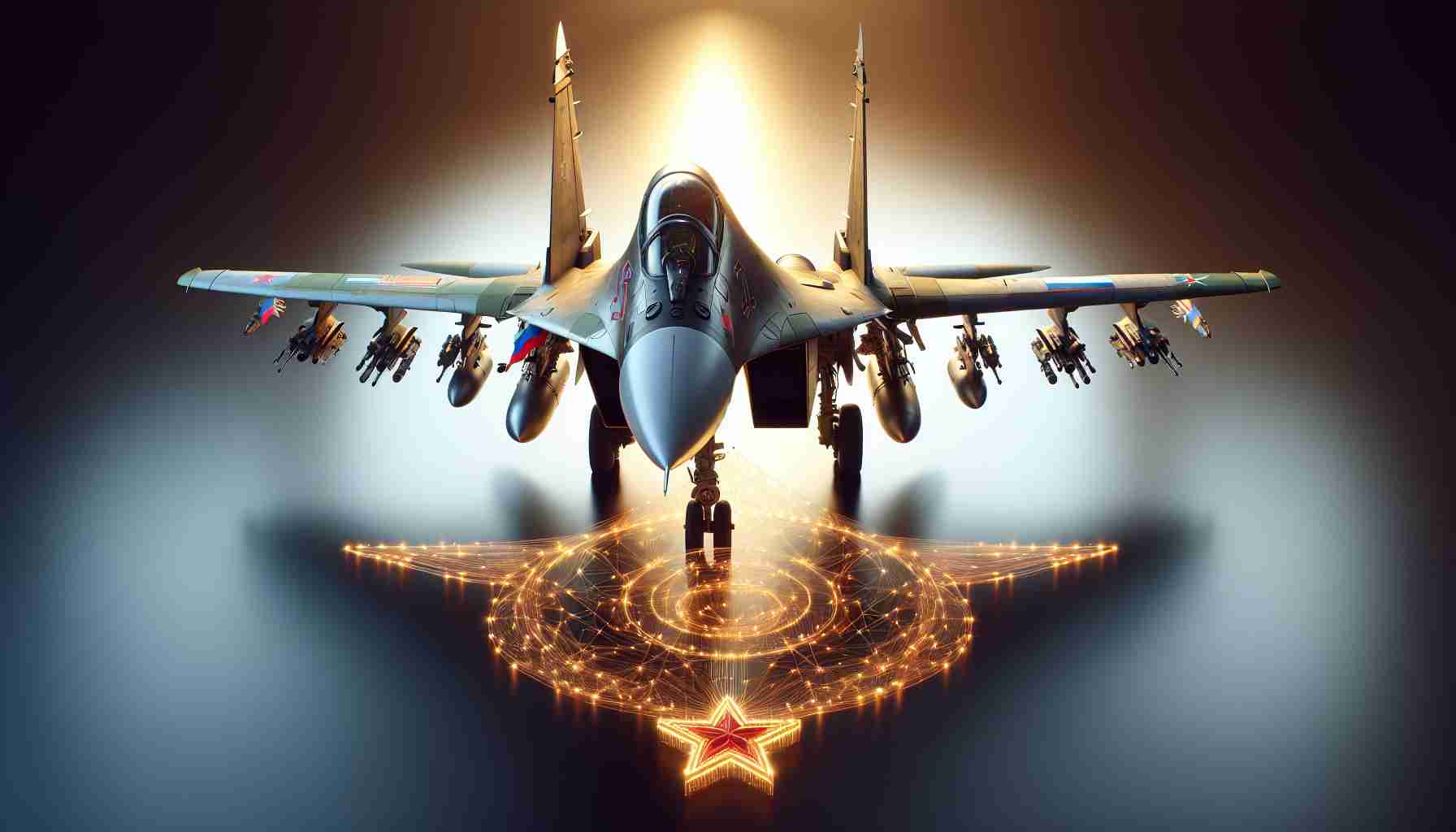In a strategic power move, Russia has positioned itself to change the game in India’s military aviation sector with the Su-75 “Checkmate” stealth fighter. By proposing an exclusive agreement that allows India to manufacture this cutting-edge aircraft domestically, Russia is offering India a formidable alternative to Western stealth fighters, priced attractively at $30-35 million.
The Strategic Impact of the Su-75 Deal
This offer could significantly bolster Russia-India relations, with India gaining advanced defense technology and potential export opportunities. This partnership could shift the balance of influence in Asia, fostering both strategic and economic advantages for New Delhi. However, India is weighing this proposition carefully, considering its independent foreign policy and pressures from Western allies.
Technical Edge
The Su-75 is a fifth-generation fighter designed to challenge Western superiority by offering advanced features at a lower cost. It boasts a top speed of Mach 1.8, an impressive range, and incorporates AI and network-centric warfare capabilities. These features position it as a competitive contender against pricier American models, like the F-35 Lightning II.
Geopolitical Nuances
Russia’s proposal arrives at a time when it faces significant Western sanctions, compelling Moscow to cement ties with long-standing partners like India. By extending this strategic olive branch, Russia is not only securing its influence but also providing India with a powerful asset. This prospective deal could mark a win for both nations, while potentially sidelining Western defense contractors looking to supply India’s combat aircraft needs.
Will India seize this opportunity, or will it tread carefully amidst geopolitical intricacies? Only time will tell.
Is India’s Defense Strategy Taking a New Flight Path?
The Hidden Dimensions of the Su-75 ‘Checkmate’ Saga
While the proposal for India to manufacture the Su-75 “Checkmate” stealth fighter sparkles with promise, there are deeper undercurrents shaping this potential defense collaboration. Beyond the well-documented advantages of advanced military technology and strategic leverage, there are facets of this proposition that reshape not only India’s defense capabilities but also its socio-economic landscape.
Stealth Fighter Manufacturing: A Double-Edged Sword?
Producing advanced aircraft like the Su-75 domestically could revolutionize India’s aerospace industry. This move can potentially create thousands of skilled jobs, foster a technologically adept workforce, and drive local industry growth. The defense sector often acts as an incubator for cutting-edge technology that can spill over into civilian industries, propelling economic progress.
However, embarking on such a venture requires immense investment in infrastructure, securing supply chains, and ensuring the technology transfer process from Russia to India is seamless and secure. A factory for stealth fighters requires precision engineering, stringent quality controls, and sophisticated technology that comes with its own set of maintenance and operational challenges.
Environmental and Economic Concerns
Military aviation advancements often raise concerns about environmental sustainability. The production and operation of advanced fighters involve significant emissions and resource consumption. India’s commitment to combating climate change can be tested by expanding its defense manufacturing capabilities.
From an economic standpoint, while the Russian offer is considerably attractive, it does commit Indian financial resources to a joint venture heavily reliant on global geopolitical stability. Any change in international dynamics, such as sanctions or policy shifts, could disrupt supply lines or inflate costs unexpectedly.
Cultural and Strategic Implications
Inviting Russia deeper into India’s defense landscape poses questions of cultural integration and influence. How much Russian presence is too much, especially in a sector as sensitive as defense? Balancing traditional alliances with emerging partnerships will require delicate diplomacy.
Moreover, could this partnership inadvertently tilt India’s non-alignment policy? Historically, India has balanced its relationships with Russia, the United States, and European nations to maintain strategic autonomy. Acquiring a core component of its air force from one country could skew this balance.
Questions Arising from the Stealth Fighter Proposal
– What impact will this have on India’s indigenous fighter programs like HAL Tejas? Will the infusion of Russian technology handicap local R&D, or will it catalyze further innovation?
– How will Western allies perceive this move? With growing Indo-Pacific strategy focuses, could this shift serve India or isolate it from key collaborative projects with the West?
Advantages vs. Disadvantages: A Closer Look
Advantages:
– Strengthening ties with Russia might yield diplomatic dividends, potentially benefiting other sectors like energy and space exploration.
– Advances in domestic capability could lead to export opportunities, diversifying India’s defense export portfolio.
Disadvantages:
– Possible dependency on Russian technology could limit India’s future arms flexibility.
– Potential geopolitical fallout with Western defense partners, affecting joint development projects.
In this rapidly evolving scenario, the path India chooses with the Su-75 could redefine its defense identity. To explore further about the dynamics of international defense relations, you can visit Foreign Policy and USDOD.







